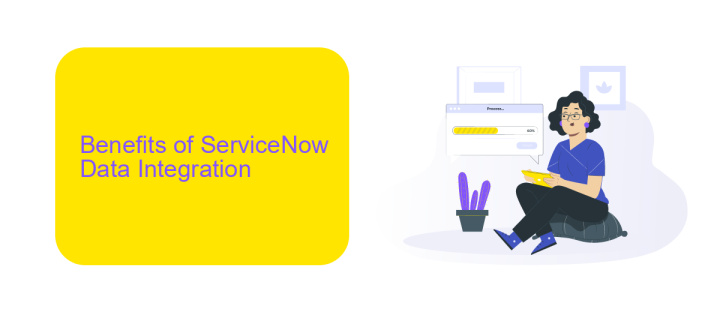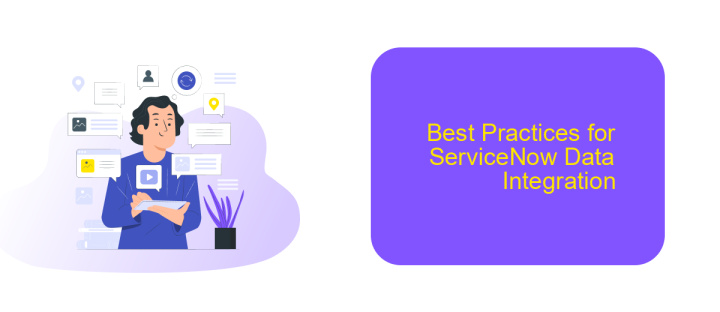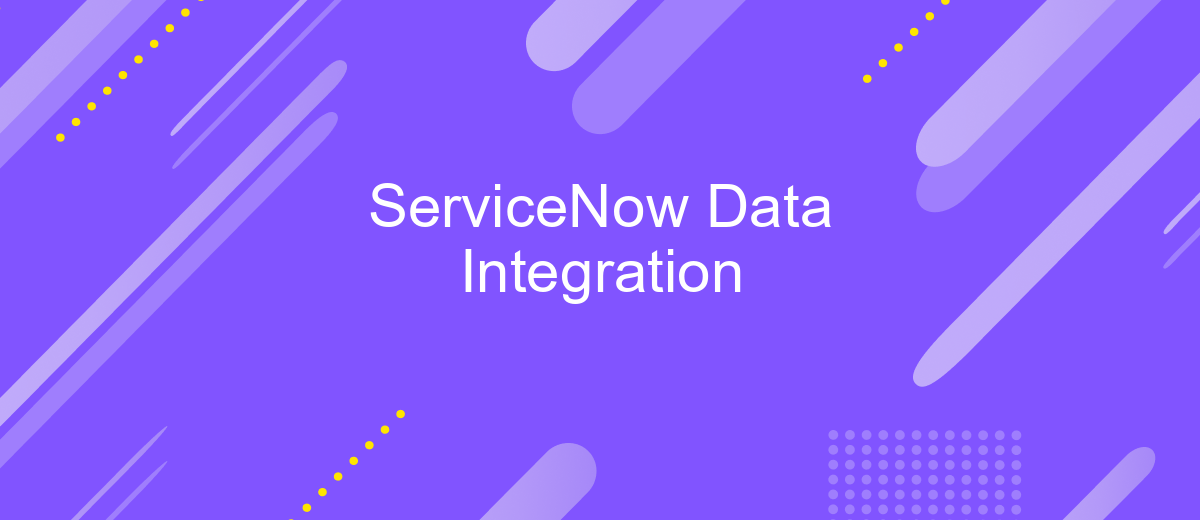ServiceNow Data Integration
ServiceNow Data Integration is a critical process for organizations seeking to streamline their operations and enhance data accessibility across various platforms. By seamlessly connecting ServiceNow with other enterprise systems, businesses can ensure real-time data synchronization, improve decision-making, and boost overall efficiency. This article explores the key benefits, methods, and best practices for effectively integrating data within the ServiceNow ecosystem.
Introduction
ServiceNow Data Integration is a crucial aspect for organizations looking to streamline their IT service management processes. By integrating various data sources into ServiceNow, businesses can achieve a unified view of their operations, leading to improved decision-making and operational efficiency.
- Enhanced data accuracy and consistency
- Automated workflows and processes
- Real-time data synchronization
- Improved reporting and analytics
One of the tools that can significantly aid in setting up these integrations is ApiX-Drive. This service simplifies the process of connecting ServiceNow with various data sources, ensuring seamless data flow and synchronization. By leveraging such tools, organizations can minimize manual data entry, reduce errors, and enhance overall productivity.
Benefits of ServiceNow Data Integration

ServiceNow Data Integration offers numerous benefits that streamline business processes and enhance operational efficiency. By integrating data from various sources, businesses can achieve a unified view of their operations, enabling better decision-making and faster response times. This integration reduces the need for manual data entry, minimizing errors and freeing up valuable employee time for more strategic tasks.
Additionally, leveraging tools like ApiX-Drive simplifies the setup of these integrations, allowing for seamless data flow between ServiceNow and other platforms. ApiX-Drive's user-friendly interface and robust features make it easy to connect disparate systems without the need for extensive coding knowledge. This not only accelerates the integration process but also ensures that data remains consistent and up-to-date across all platforms, further enhancing the overall efficiency and reliability of business operations.
Challenges of ServiceNow Data Integration

Integrating data with ServiceNow can present several challenges that organizations must navigate to ensure seamless operations. These challenges often stem from the complexity and diversity of data sources, as well as the need for real-time data synchronization.
- Data Quality and Consistency: Ensuring that data from multiple sources is accurate, consistent, and up-to-date can be a significant hurdle.
- Complexity of Integration: The technical intricacies involved in integrating various systems with ServiceNow can require specialized knowledge and tools.
- Security Concerns: Safeguarding sensitive data during the integration process is paramount, necessitating robust security measures.
- Scalability: As organizations grow, their data integration needs become more complex, requiring scalable solutions that can handle increased data volumes.
- Cost and Resource Allocation: The financial and human resources required for successful data integration can be substantial, impacting overall project budgets.
To address these challenges, leveraging tools like ApiX-Drive can be beneficial. ApiX-Drive simplifies the integration process by providing a user-friendly interface and pre-built connectors for various data sources. This not only reduces the technical burden but also enhances data quality and security, making the integration process more efficient and reliable.
Best Practices for ServiceNow Data Integration

When integrating data with ServiceNow, it's crucial to follow best practices to ensure seamless and efficient operations. Start by thoroughly assessing your data sources and requirements to create a robust integration strategy. This helps in identifying potential challenges and planning accordingly.
Next, ensure data quality and consistency by implementing validation rules and data transformation processes. This minimizes errors and maintains the integrity of your data across systems. Regularly monitor and audit your integrations to detect and resolve issues promptly.
- Utilize integration tools like ApiX-Drive to simplify the setup and management of your integrations.
- Document your integration processes thoroughly to facilitate maintenance and troubleshooting.
- Implement security measures to protect sensitive data during transmission and storage.
- Test your integrations in a staging environment before deploying them to production.
By following these best practices, you can ensure that your ServiceNow data integrations are reliable, secure, and efficient. Leveraging tools like ApiX-Drive can significantly streamline the integration process, saving time and reducing the risk of errors.


Conclusion
Integrating ServiceNow with other data systems is crucial for streamlining workflows and enhancing productivity. By leveraging robust integration tools, organizations can ensure seamless data flow and real-time updates across platforms. This not only minimizes manual intervention but also reduces the risk of errors, leading to more accurate and reliable data management.
Tools like ApiX-Drive can further simplify the integration process by offering user-friendly interfaces and automated workflows. Such services enable businesses to connect ServiceNow with various applications effortlessly, ensuring that data is synchronized and accessible whenever needed. Ultimately, effective data integration empowers organizations to make informed decisions, optimize operations, and drive innovation.
FAQ
What is ServiceNow Data Integration?
How can I integrate ServiceNow with other applications?
What are the common challenges in ServiceNow Data Integration?
Can I automate data integration processes in ServiceNow?
What tools are recommended for ServiceNow Data Integration?
Apix-Drive is a universal tool that will quickly streamline any workflow, freeing you from routine and possible financial losses. Try ApiX-Drive in action and see how useful it is for you personally. In the meantime, when you are setting up connections between systems, think about where you are investing your free time, because now you will have much more of it.

